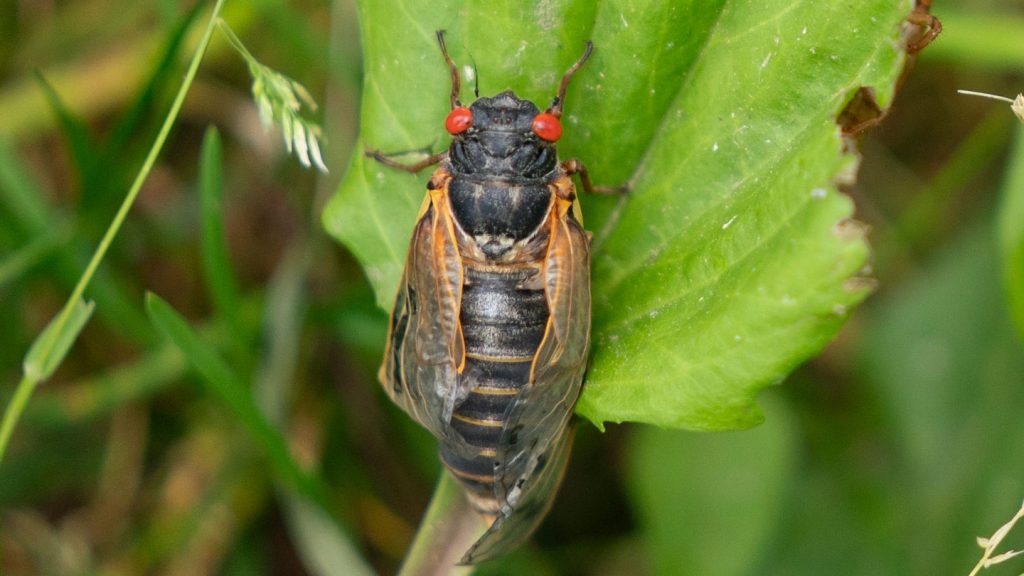The article highlights the unique phenomenon of periodical cicadas in North America, specifically the synchronized mass mating frenzies of the insects. This year, 2024, is significant as the largest synchronized group, known as Brood XIX, is emerging from the soil in the southeastern and midwestern United States. In addition to this brood, another multispecies brood, Brood XIII, is also emerging, showcasing all seven of North America’s named cicada species.
Periodical cicadas belong to the Cicadidae family, with the seven species in North America known for their distinctive features such as glassy wings and piercing soda-straw mouths. These bugs survive for 13 or 17 years underground, absorbing plant nutrients through their unique feeding methods. They resurface as adults, creating a noisy and crowded environment as they mate and complete their life cycle. Despite their synchronized emergence, periodical cicadas disappear underground for another 13 or 17 years after a short aboveground mating period.
The article addresses common questions about cicadas, such as their disappearance underground, which is due to their super-synchronous lifestyle. All the periodical species in a particular area go through their phases of life together and reappear every 13 or 17 years. This phenomenon leads to a unique city-like environment aboveground during their mating season. However, after mating and laying eggs, the adult cicadas die, and the next generation begins the cycle anew.
The counting mechanism of cicadas remains a mystery, with some scientists proposing theories about the advantages of odd-numbered cycles to avoid predators. Despite the complexities of cicada life cycles, they emerge in unison based on seasonal cues and continue their legacy through generations. The loud buzzing sound of male cicadas stems from their timbals, specialized structures in their abdomens that produce sound through muscle flexing.
An interesting aspect of some cicada headlines and tweets is the mention of a fungal sexually transmitted disease that affects the insects. The infection, caused by the Massospora fungus, leads to the gradual disintegration of the infected cicada’s rear end, earning the nickname “flying saltshaker of death.” Despite this gruesome impact, infected cicadas continue to participate in the mating frenzy, showcasing the resilience and unique mechanisms of these fascinating insects.


